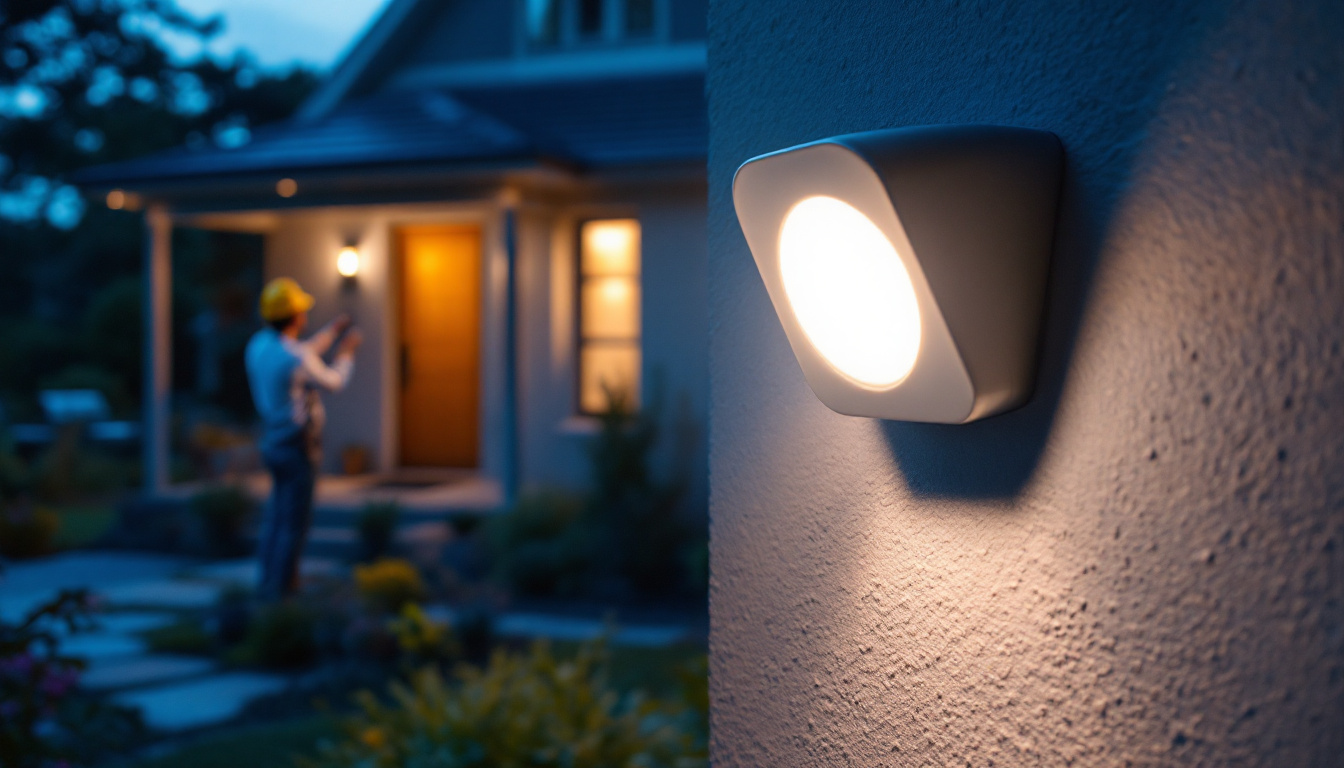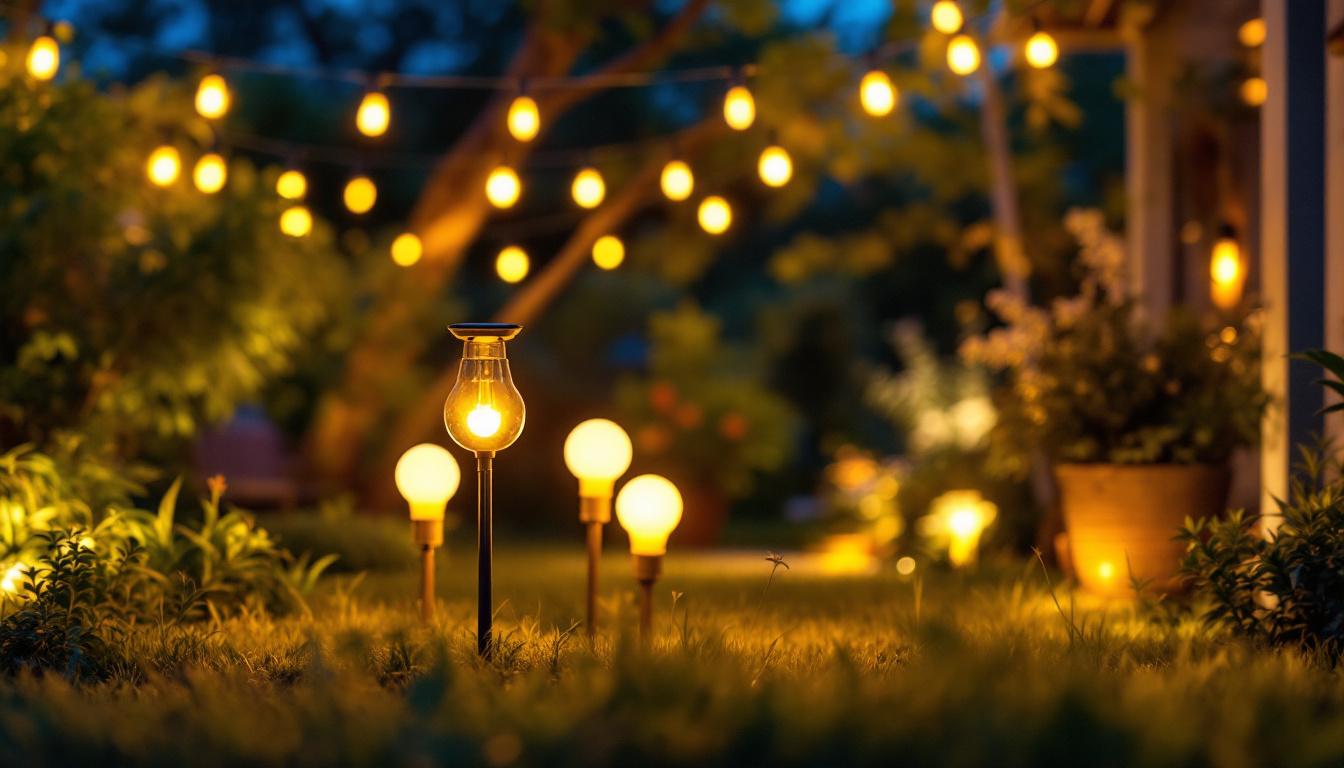
In the ever-evolving landscape of the lighting industry, the importance of electric light bulb holders cannot be overstated. These seemingly simple components play a critical role in the functionality, safety, and efficiency of lighting systems. For lighting contractors, understanding the nuances of bulb holders can significantly impact their bottom line, influencing everything from installation costs to customer satisfaction. This article delves into the various aspects of electric light bulb holders and their implications for lighting contractors.
Electric light bulb holders, also known as lamp sockets, serve as the connection point between the electrical supply and the light bulb. They come in various designs and materials, catering to different types of bulbs and applications. Understanding the role of these holders is essential for contractors who aim to deliver quality installations and maintain a competitive edge in the market. Proper selection and installation of bulb holders can greatly influence the efficiency and safety of lighting systems, making it a critical aspect of electrical work.
There are several types of electric light bulb holders, each designed for specific bulb types. Common types include:
Each type of holder has its unique advantages and disadvantages, which can affect installation practices and overall project costs. For instance, the Edison screw is favored for its ease of use and compatibility with a wide range of bulbs, while the bayonet base is often preferred in environments where vibration or movement may dislodge a bulb. Understanding these nuances can help contractors make informed decisions that align with the specific needs of their projects.
The materials used in electric light bulb holders can significantly influence their durability and performance. Common materials include:
Choosing the right material can enhance the longevity of the lighting system, reducing the need for replacements and repairs, which ultimately benefits the contractor’s bottom line. Additionally, the choice of material can also impact the aesthetic appeal of the lighting fixture. For example, a sleek metal holder can complement modern decor, while a ceramic holder may evoke a more vintage or rustic feel. Contractors should consider not only the functional aspects but also how the holder fits into the overall design of the space, as this can influence customer satisfaction and project success.
Efficient installation practices are crucial for lighting contractors looking to maximize their profitability. The choice of electric light bulb holders can directly impact the speed and ease of installation. By investing in high-quality holders that are designed for rapid deployment, contractors can significantly reduce the time spent on each job, allowing them to allocate resources more effectively and focus on other critical aspects of their projects.
Some bulb holders are designed with user-friendliness in mind. For instance, holders that allow for tool-free installation can save time on the job site. This efficiency translates to lower labor costs and quicker project turnaround times, enabling contractors to take on more projects and increase revenue. Furthermore, intuitive designs that incorporate features such as quick-release mechanisms or color-coded components can further enhance the installation process, minimizing the likelihood of errors and ensuring that installations are completed to a high standard.
Contractors often encounter diverse lighting needs across different projects. Selecting versatile bulb holders that accommodate various bulb types can streamline inventory management and reduce the time spent on sourcing specific components. This flexibility allows contractors to respond swiftly to client demands, enhancing customer satisfaction and loyalty. Additionally, by choosing holders that support energy-efficient bulb options, such as LEDs, contractors can not only meet modern energy standards but also appeal to environmentally conscious clients who prioritize sustainability in their lighting choices.
Moreover, the ability to easily switch between different bulb types without needing to replace the entire holder can lead to significant cost savings over time. This adaptability is particularly beneficial in commercial settings where lighting needs may change frequently, allowing contractors to maintain a competitive edge by offering solutions that are both practical and cost-effective. As a result, investing in high-quality, adaptable bulb holders is not just a matter of convenience; it is a strategic choice that can enhance a contractor’s reputation and foster long-term relationships with clients.
Safety is paramount in the lighting industry, and electric light bulb holders play a significant role in ensuring compliance with electrical codes and standards. Understanding the safety implications of different holders can protect contractors from liability and enhance their reputation.
Each bulb holder comes with specific electrical ratings that indicate its maximum wattage and voltage capacity. Using holders that exceed these ratings can lead to overheating, electrical failures, or even fires. Lighting contractors must be diligent in selecting the appropriate holders for their projects, as this not only ensures safety but also aligns with regulatory requirements. Additionally, it is crucial for contractors to stay updated on any changes in electrical codes, as these can vary by region and may be updated to reflect new safety standards or technological advancements.
Investing in high-quality bulb holders can minimize the risk of failures and accidents. Contractors who prioritize quality are more likely to deliver reliable installations, leading to positive reviews and repeat business. Furthermore, many manufacturers provide warranties for their products, offering additional peace of mind for contractors and their clients. Beyond warranties, reputable manufacturers often conduct rigorous testing on their products to ensure they meet industry standards, which can further assure contractors of the reliability and safety of their installations. This commitment to quality can also foster long-term partnerships between contractors and suppliers, creating a network of trust that benefits all parties involved.
Proper installation practices are equally important in maintaining safety and compliance. Contractors should be well-versed in the manufacturer’s guidelines for installation, as deviations can lead to hazardous situations. For instance, ensuring that all connections are secure and that the holder is compatible with the bulb type can prevent electrical arcing and subsequent damage. Furthermore, utilizing tools such as voltage testers during installation can help verify that the electrical system is functioning correctly before the final setup is completed. This attention to detail not only enhances safety but also showcases the contractor’s professionalism and commitment to quality work.
Regular maintenance and inspections of lighting installations are vital to sustaining safety and compliance over time. Contractors should educate their clients on the importance of checking for signs of wear or damage to bulb holders, such as discoloration or cracks, which can indicate potential electrical hazards. Implementing a routine maintenance schedule can help identify issues before they escalate, ensuring that lighting systems remain safe and functional. Additionally, offering maintenance services can be an excellent way for contractors to build lasting relationships with clients, providing them with peace of mind while also generating additional revenue streams.
The choice of electric light bulb holders can have far-reaching financial implications for lighting contractors. From initial costs to long-term savings, understanding these factors is essential for maintaining a healthy bottom line.
While it may be tempting to opt for the cheapest bulb holders available, this approach can be short-sighted. Higher-quality holders may come with a higher initial price tag but often result in lower maintenance costs and fewer replacements over time. Contractors should weigh the initial investment against potential long-term savings when selecting bulb holders for their projects.
Maintaining an efficient inventory of electric light bulb holders can also impact a contractor’s bottom line. By choosing versatile holders that can accommodate multiple bulb types, contractors can reduce the variety of stock they need to carry. This simplification can lead to lower inventory management costs and reduced waste, ultimately improving profitability.
In the competitive landscape of the lighting industry, customer satisfaction is a key driver of success. Electric light bulb holders can significantly influence the overall quality of the lighting installations, affecting how clients perceive the contractor’s work.
The right bulb holder can enhance the performance of the light bulb, ensuring optimal brightness and color rendering. This attention to detail can lead to satisfied clients who appreciate the quality of their lighting. Happy customers are more likely to refer contractors to others and return for future projects, creating a steady stream of business.
Contractors who provide thorough after-sales support, including guidance on bulb replacement and maintenance, can build strong relationships with their clients. By educating customers about the importance of using the right bulb holders, contractors can position themselves as trusted experts in the field, further enhancing customer loyalty.
As technology continues to advance, the lighting industry is witnessing significant changes. Electric light bulb holders are no exception, and staying abreast of emerging trends can give contractors a competitive advantage.
With the rise of smart home technology, electric light bulb holders are evolving to accommodate smart bulbs and fixtures. These innovative solutions offer features such as remote control, dimming capabilities, and energy monitoring. Contractors who embrace smart technology can attract a broader client base and position themselves as forward-thinking professionals.
As environmental concerns grow, the demand for sustainable lighting solutions is on the rise. Electric light bulb holders made from eco-friendly materials or designed for energy-efficient bulbs can appeal to environmentally conscious clients. Contractors who prioritize sustainability in their offerings can differentiate themselves in a crowded market.
Electric light bulb holders may seem like a minor component in the grand scheme of lighting installations, but their impact on a contractor’s bottom line is substantial. From installation efficiency and safety compliance to cost implications and customer satisfaction, the choice of bulb holders can influence every aspect of a contractor’s business.
By understanding the various types, materials, and trends associated with electric light bulb holders, lighting contractors can make informed decisions that enhance their profitability and reputation. As the industry continues to evolve, staying ahead of the curve will be essential for success in this dynamic field.
Ready to enhance your lighting installations and boost your bottom line? At LumenWholesale, we provide lighting contractors with the highest quality electric light bulb holders and spec-grade lighting products at unbeatable wholesale prices. Say goodbye to local distributor markups and hello to superior lighting solutions that meet the highest industry standards. With our hassle-free bulk buying and free shipping, you can ensure your projects shine with reliability and performance, all while keeping costs down. Don’t compromise on quality or value—Wholesale Lighting at the Best Value is just a click away. Experience the LumenWholesale difference today!

Discover how lighting contractors can enhance their projects with outdoor light and motion sensors.
Discover how 2×4 LED panel lights are revolutionizing the lighting industry by enhancing efficiency and reducing costs for contractors.

Discover innovative strategies from top lighting contractors on integrating light bulb outdoor solar lights into your projects.

Discover the essential role of Type A light bulbs in modern lighting projects.